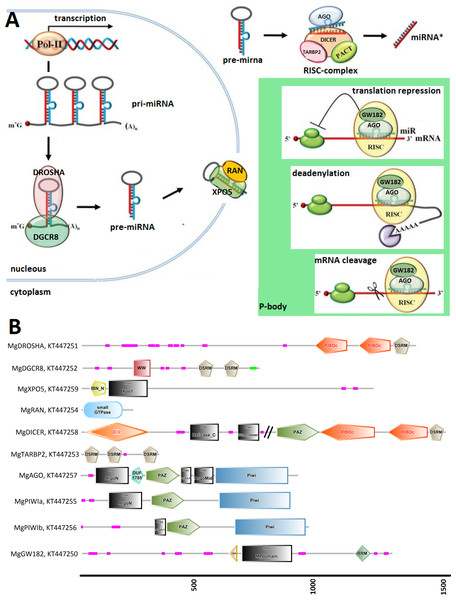


The variety Amber is the most important local Iraqi rice variety and is characterised by high quality in terms of taste (aromatic character). This confirms the traditional story that Amber was transferred by a group of people who had migrated from India and settled in southern Iraq a long time ago. The phylogenetic analysis of both chloroplast and nuclear genomes showed that two main clusters, Indica and Japonica, and further five sub-clusters based upon their ecotype, indica, aus, tropical- japonica, temperate- japonica and basmati were created moreover, Amber33, Furat, Yasmin and Buhooth1 belonged to the basmati, indica and japonica ecotypes, respectively, where Amber33 was placed in the basmati group as a sister of cultivars from Pakistan and India. The sequence of the whole chloroplast-genome was assembled while only the sequence of 916 concatenated nuclear-genes was assembled.
Clc genomics workbench vs geneious archive#
Raw sequence reads of 33 domesticated Asian rice accessions were obtained from the Sequence Read Archive (SRA-NCBI). Five varieties of Oryza sativa were obtained from Baghdad/Iraq, and the whole genomic DNA was sequenced, among these varieties, Amber33, Furat, Yasmin, Buhooth1 and Amber al-Baraka. Due to the importance of the rice crop in Iraq, this study was conducted to determine the origin of the major varieties and understand the evolutionary relationships between Iraqi rice varieties and other Asian rice accessions that could be significant in the improvement of this crop.


 0 kommentar(er)
0 kommentar(er)
